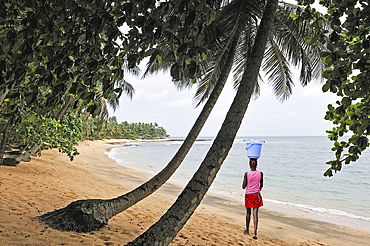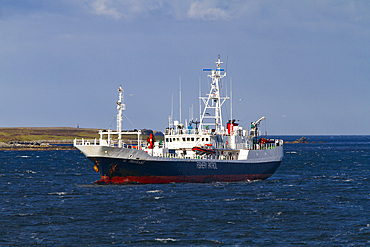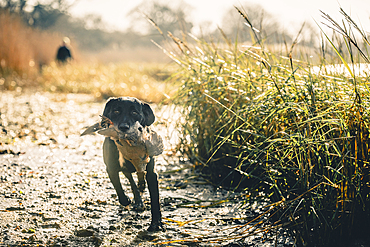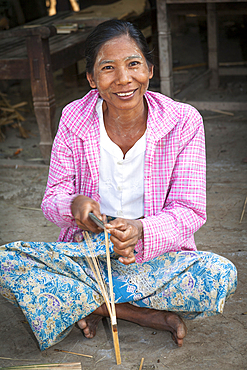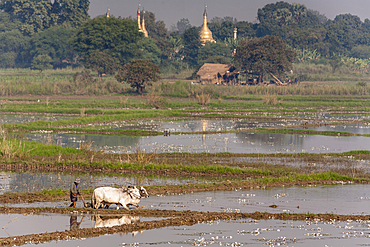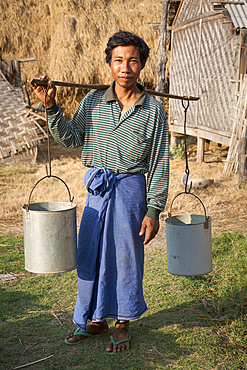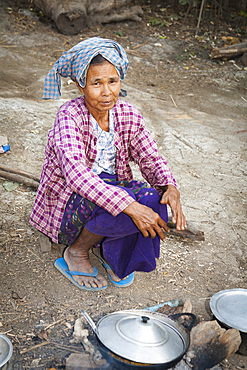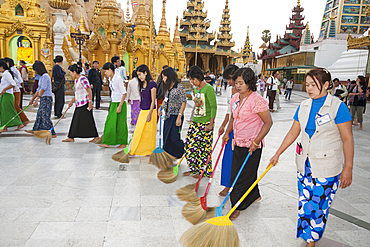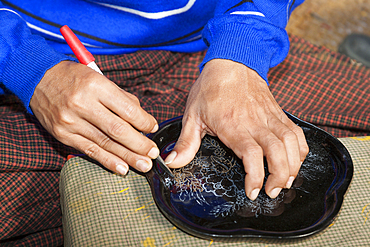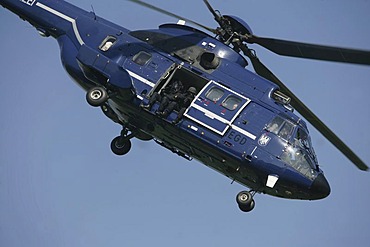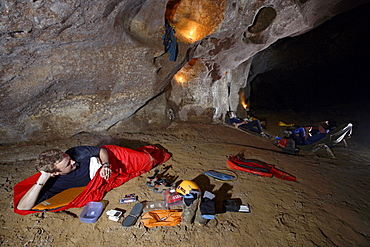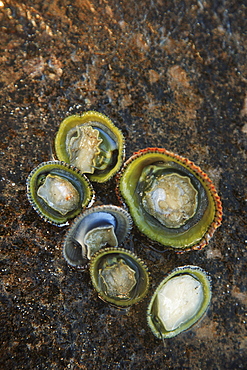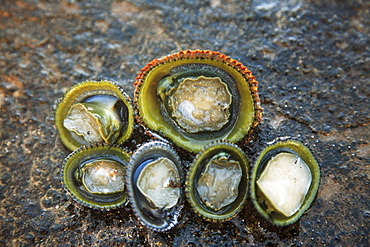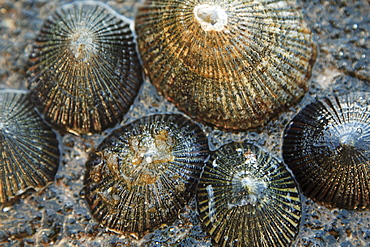Results
11 results found
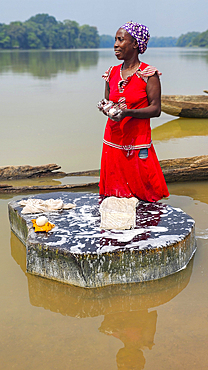
Woman washing by hand in the Sangha River, Dzanga Sangha National Park, UNESCO, Central African Republic
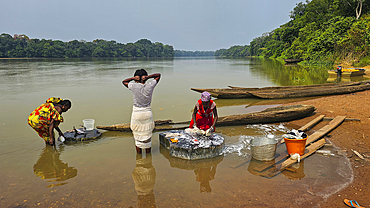
Women washing by hand in the Sangha River, Dzanga Sangha National Park, UNESCO, Central African Republic
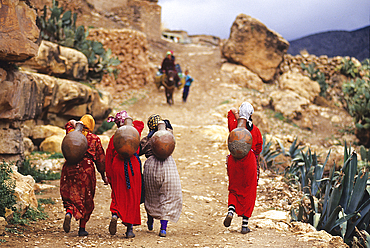
Women carrying water in jar on their back from spring to the village Imi n Tala, High Atlas, Morocco
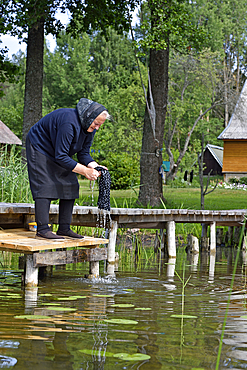
Old woman washing clothes in front of her house by the Baluosykstis lake around Ginuciai, Aukstaitija National Park, Lithuania, Europe
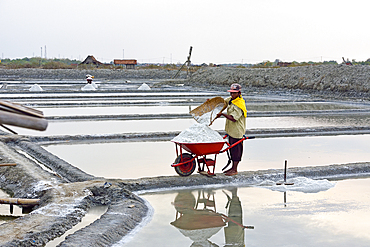
Worker loading wheel barrow with salt, Salt fields at Karangjahe, near Lasem, Java island, Indonesia, Southeast Asia, Asia

Mexican aztec dress gods at Grand Palladium White Sand Resort and Spa in Riviera Maya, Yucatan Peninsula, Quintana Roo, Caribbean Coast, Mexico.
Aztec clothing was generally loose fitting and did not completely cover the body. When the Spanish arrived in Mexico, the people were surprised to see them in their full armour, with only their faces exposed.
Aztec clothes were generally made of cotton (which was imported) or ayate fiber, made from the Maguey Cactus (also called the Century Plant or American Aloe). Women would weave the fibers into clothing, a task girls were taught as young teenagers. Because of their vast trading network, the Aztecs were able to make use of a beautiful array of dyes, creating the brilliant

Mexican aztec dress gods at Grand Palladium White Sand Resort and Spa in Riviera Maya, Yucatan Peninsula, Quintana Roo, Caribbean Coast, Mexico.
Aztec clothing was generally loose fitting and did not completely cover the body. When the Spanish arrived in Mexico, the people were surprised to see them in their full armour, with only their faces exposed.
Aztec clothes were generally made of cotton (which was imported) or ayate fiber, made from the Maguey Cactus (also called the Century Plant or American Aloe). Women would weave the fibers into clothing, a task girls were taught as young teenagers. Because of their vast trading network, the Aztecs were able to make use of a beautiful array of dyes, creating the brilliant

Mural on interior wall of City Hall, the Radhuset and Radhus, Oslo, Norway, Nobel Peace Prize ceremony venue
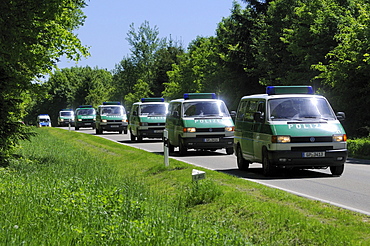
Maria Boegerl kidnapping case, location where a body was found in a forest, police vehicles, near Niesitz, Heidenheim district, Baden-Wuerttemberg, Germany, Europe
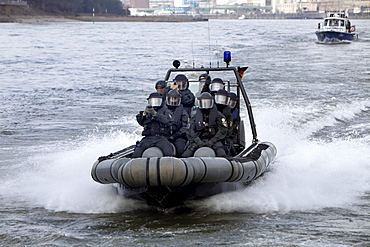
Special police unit operational rehearsal, accessing a passenger ship on the Rhine River, North Rhine-Westphalia, Germany, Europe
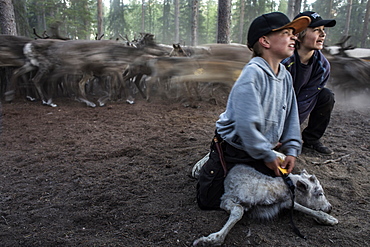
Each summer the Sami reindeer herders of Northern Scandinavia face the challenge of ear-marking each of the new calves born to their herd. Using the ancient mark of their family, the small carvings made in the ears allow the herders to recognise their herd whilst they graze. It's a daunting task given the number of reindeer they are responsible for and the vast distances they cover as they graze across the mountain pastures north of the Arctic Circle.Sweden?????s indigenous Sami reindeer herders are demanding state aid to help them cope with the impact of this summer?????s unprecedented drought and wildfires, saying their future is at risk as global warming changes the environment in the far north. The Swedish government this week announced five major investigations aimed at preparing the country for the kind of extreme heatwave it experienced in July, when temperatures exceeded 30C (86F) and forest fires raged inside the Arctic circle.
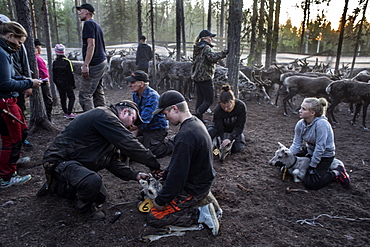
Each summer the Sami reindeer herders of Northern Scandinavia face the challenge of ear-marking each of the new calves born to their herd. Using the ancient mark of their family, the small carvings made in the ears allow the herders to recognise their herd whilst they graze. It's a daunting task given the number of reindeer they are responsible for and the vast distances they cover as they graze across the mountain pastures north of the Arctic Circle.Sweden?????s indigenous Sami reindeer herders are demanding state aid to help them cope with the impact of this summer?????s unprecedented drought and wildfires, saying their future is at risk as global warming changes the environment in the far north. The Swedish government this week announced five major investigations aimed at preparing the country for the kind of extreme heatwave it experienced in July, when temperatures exceeded 30C (86F) and forest fires raged inside the Arctic circle.

Each summer the Sami reindeer herders of Northern Scandinavia face the challenge of ear-marking each of the new calves born to their herd. Using the ancient mark of their family, the small carvings made in the ears allow the herders to recognise their herd whilst they graze. It's a daunting task given the number of reindeer they are responsible for and the vast distances they cover as they graze across the mountain pastures north of the Arctic Circle.Sweden?????s indigenous Sami reindeer herders are demanding state aid to help them cope with the impact of this summer?????s unprecedented drought and wildfires, saying their future is at risk as global warming changes the environment in the far north. The Swedish government this week announced five major investigations aimed at preparing the country for the kind of extreme heatwave it experienced in July, when temperatures exceeded 30C (86F) and forest fires raged inside the Arctic circle.
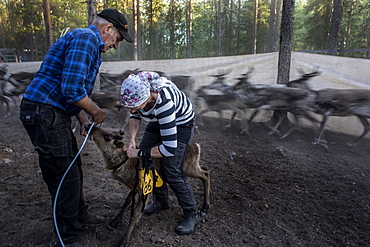
Each summer the Sami reindeer herders of Northern Scandinavia face the challenge of ear-marking each of the new calves born to their herd. Using the ancient mark of their family, the small carvings made in the ears allow the herders to recognise their herd whilst they graze. It's a daunting task given the number of reindeer they are responsible for and the vast distances they cover as they graze across the mountain pastures north of the Arctic Circle.Sweden?????s indigenous Sami reindeer herders are demanding state aid to help them cope with the impact of this summer?????s unprecedented drought and wildfires, saying their future is at risk as global warming changes the environment in the far north. The Swedish government this week announced five major investigations aimed at preparing the country for the kind of extreme heatwave it experienced in July, when temperatures exceeded 30C (86F) and forest fires raged inside the Arctic circle.
